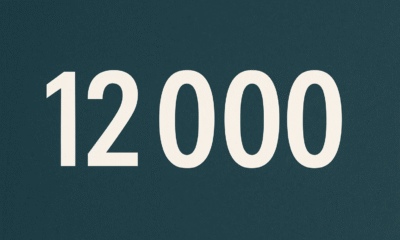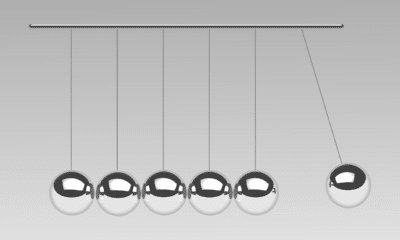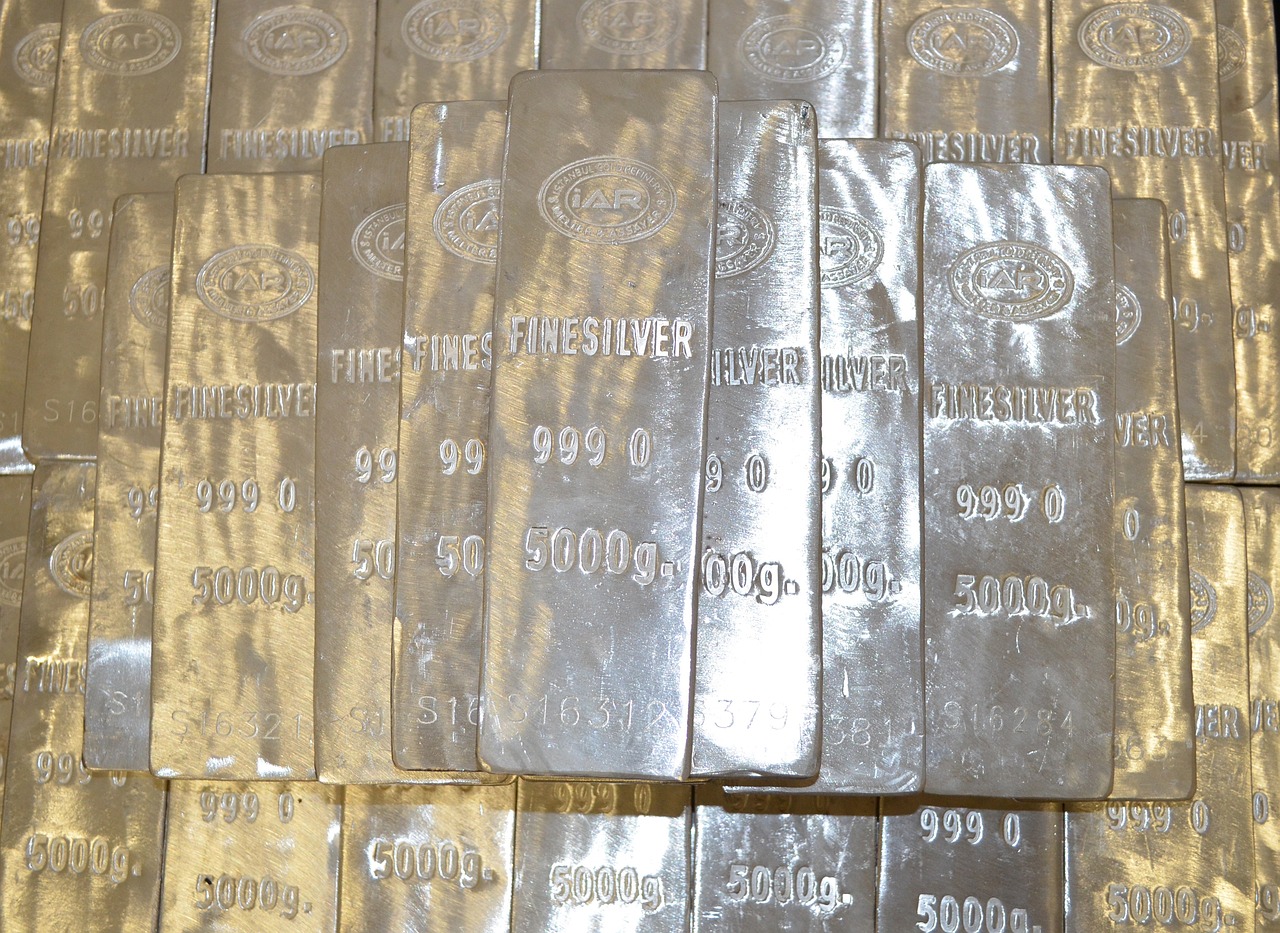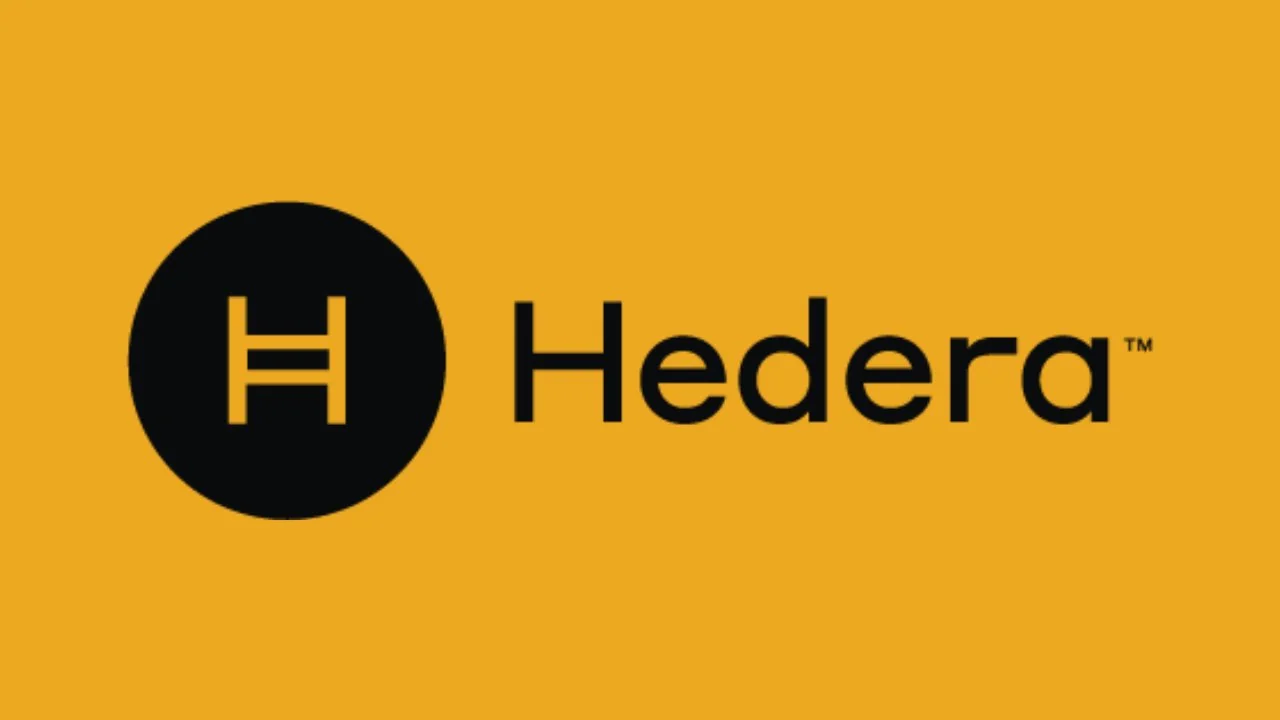Tio diversifierade ETFer med inriktning på Europa. Eurozonens skuldkris finns fortfarande färsk i investerarnas sinnen, men 2013 har varit ett bra år för börshandlade fonder med fokus på Europa, i alla fall för de börshandlade fonder som är diversifierade och valt att inrikta sig på enskilda länder.
Även för 2014 är utsikterna rosenröda även om riskerna kvarstår i Eurozonen.
Att Goldman Sachs spår att de europeiska börserna i form av Stoxx Europé 600 Indexet skall stiga med 12 procent under 2014 gör knappast situationen sämre.
Fortfarande utrymme för återhämtningar
Även om de europeiska aktierna har gått bra under 2013 så finns det fortfarande utrymme för ytterligare återhämtningar baserat på p/e värderingarna. Tittar vi på de spanska och italienska aktiemarknaderna, de tredje respektive fjärde största ekonomierna i Europa, så handlas aktierna där till lägre p/e tal i dag än vad de gjorde 2004.
Det bör emellertid tilläggas att både Spanien och Italien är två av de så kallade PIIGS-ekonomierna, och har haft stora problem som överstigit dem för resten av Europa vilket kan förklara en del av den relativt låga värderingen.
Vi har tittat närmare på tio diversifierade ETFer med inriktning på Europa. Observera att vi valt att exkludera rena sektorfonder, vi har därför inte tagit med iShares MSCI Europe Financials ETF (NasdaqGS: EUFN), en börshandlad fond som har gått mycket bra under 2013. Flera av de börshandlade fonderna på denna lista erbjuder en bred exponering mot Europa, medan andra fokuserar på enskilda länder eller regioner. Låt oss komma igång…
First Trust Dow Jones STOXX Select Dividend 30 Index Fund (NYSEArca: FDD)
FDD har delat upp STOXX Europe 600 in i en grupp om 31 segement baserat på utdelning, vilket resulterade i en 12-månaders släpande avkastning på 3,53% och 30-dagars avkastning på 5,13%. Komponenter är maximerad till en vikt på 15%, även om ingen av denna ETFs innehav idag står för mer än 5,7% av fondens vikt. Storbritannien, Frankrike och Tyskland står för nästan 60% av FDD: s geografiska exponering.
SPDR DJ STOXX 50 Fund (NYSEArca: FEU)
FEU innehåller sitt namn till trots inte 50 aktier, utan 57, konkurrerar med en uppsjö diversifierade europeiska börshandlade fonder som INTE är explicit inriktade på Eurozonen. Cirka 60 procent av exponeringen i FEU är mot Storbritannien och Schweiz.
Aktierna som ingår i denna börshandlade fond har ett p/e tal om strax under 14, vilket gör att denna ETF valt ut aktier med rabatt till många amerikanska och europeiska aktier. Den genomsnittliga omsättningen för FEU ligger på under 45 000 andelar, men då de flesta innehaven är såväl stora som stabila så handlas denna ETF sällan till rabatter mot sitt substansvärde.
Powershares BLDRS Europe 100 ADR Index Fund (NasdaqGS: ADRU )
Precis som FEU är ADRU tungt exponerad mot Storbritannien och Schweiz. Skillnaden är att ADRU erbjuder ett verktyg för konservativa investerare som söker exponering mot Europa. Det genomsnittliga marknadsvärdet på ADRUs 85 innehav är 96 miljarder USD. Bland innehaven kan nämnas BP, GlaxoSmithKline och Royal Dutch Shell. 30 procent av denna ETFs innehav utgörs av aktier inom Hälso-och sjukvård och råvaror.
WisdomTree Europa Hedged Equity Fund (NYSEArca: HEDJ)
Om det inte vore för några andra valutasäkrade börshandlade fonders utveckling detta år så skulle HEDJ fått betydligt mer uppmärksamhet då det varit en av ETF-marknadens succéhistorier i år. HEDJ som har en eurohedge har ett ökat sin AUM med 442,6 MUSD under 2013. Det totala AUM uppgår till 520 MUSD.
Vanguard FTSE Europe ETF (NYSEArca: VGK)
VGK liknar sin konkurrent, iShares Europe ETF (NYSEArca: IEV), när det gäller 2013 utveckling, men VGK är vinnaren i termer av ren popularitet. Den årliga kostnaden (TER) ligger på 0,12 % vilket är lågt jämfört med många andra globala ETFer. Faktum är att 93 procent av konkurrenterna i samma segment är dyrare.
De låga avgifterna och den höga prestandan gör att fonden motiverar en plats på listan över de bästa diversifierade europeiska börshandlade fonder.
SPDR EURO STOXX 50 Fund (NYSEArca: FEZ)
FEZ skiljer sig från ETFer som IEV och VGK då FEZ fokuserar på euroområde och saknar exponering mot Storbritannien och Schweiz. Istället är det Frankrike och Tyskland som dominerar i denna börshandlade fond, cirka 70 procent av exponeringen är mot dessa två länder. En mycket litet del utgör innehav mot de så kallade PIIGS-länderna.
iShares MSCI EMU ETF (NYSEArca: EZU)
EZU är något av en konkurrent till FEZ, men det finns vissa skillnader. Den kombinerade exponeringen mot Franrike/Tyskland är lägre i EZU. Istället har iShares MSCI EMU ETF en högre exponering mot Nederländerna. I år har detta varit en vinnande strategi eftersom holländska aktier, som det sällan talas högt om i Sverige, har haft en imponerande utveckling.
Global X FTSE Norden ETF (NYSEArca: GXF)
GXF är en ETF för investerare som vet att han vill ha nordisk exponering, men kan bara inte bestämmas för vilket land han eller hon skall satsa på. Alla de fyra länderna (Island ingår inte i denna börshandlade fond) har AAA- kreditvärdighet. Sverige står för cirka 54 procent av denna ETFs innehav, resten är relativt jämt fördelat på de övriga länderna Danmark, Norge och Finland.
First Trust Europe AlphaDEX Fund (NYSEArca: FEP)
FEP är den smarta betamedlemmen i denna lista då denna ETFs 202 innehav selekteras baserat på uppskattning, sales-to-price och försäljningstillväxt på ett års sikt samt faktorer som bokfört värde per aktie priset, kassaflödet/priset och avkastningen på tillgångar.
FEP har fått relativt litet uppmärksamhet, men har tillgångar på cirka 320 MUSD. FEP är diversifierad och det erbjuder exponering mot Storbritannien, Schweiz, de nordiska länderna och euroområdet.
WisdomTree Europe SmallCap Dividend Fund (NYSEArca: DFE)
Med en uppgång på mer än 35 procent under 2013 så har DFE verkligen dragit fördel av kursutvecklingen bland de mindre bolagen. DFE drar även fördel av de förbättrande marginalerna och Europas cykliska återhämtning vilket gynnat sektorer som industri-och sällanköpsvaror. Tillsammans står dessa sektorer för cirka 42 procent av denna börshandlade fonds vikt. Cirka 57 procent av denna ETFs tillgångar finns i länder utanför Eurozonen.
Tio diversifierade ETFer med inriktning på Europa

 Nyheter3 veckor sedan
Nyheter3 veckor sedan
 Nyheter4 veckor sedan
Nyheter4 veckor sedan
 Nyheter3 veckor sedan
Nyheter3 veckor sedan
 Nyheter3 veckor sedan
Nyheter3 veckor sedan
 Nyheter4 veckor sedan
Nyheter4 veckor sedan
 Nyheter2 veckor sedan
Nyheter2 veckor sedan
 Nyheter2 veckor sedan
Nyheter2 veckor sedan
 Nyheter2 veckor sedan
Nyheter2 veckor sedan




















